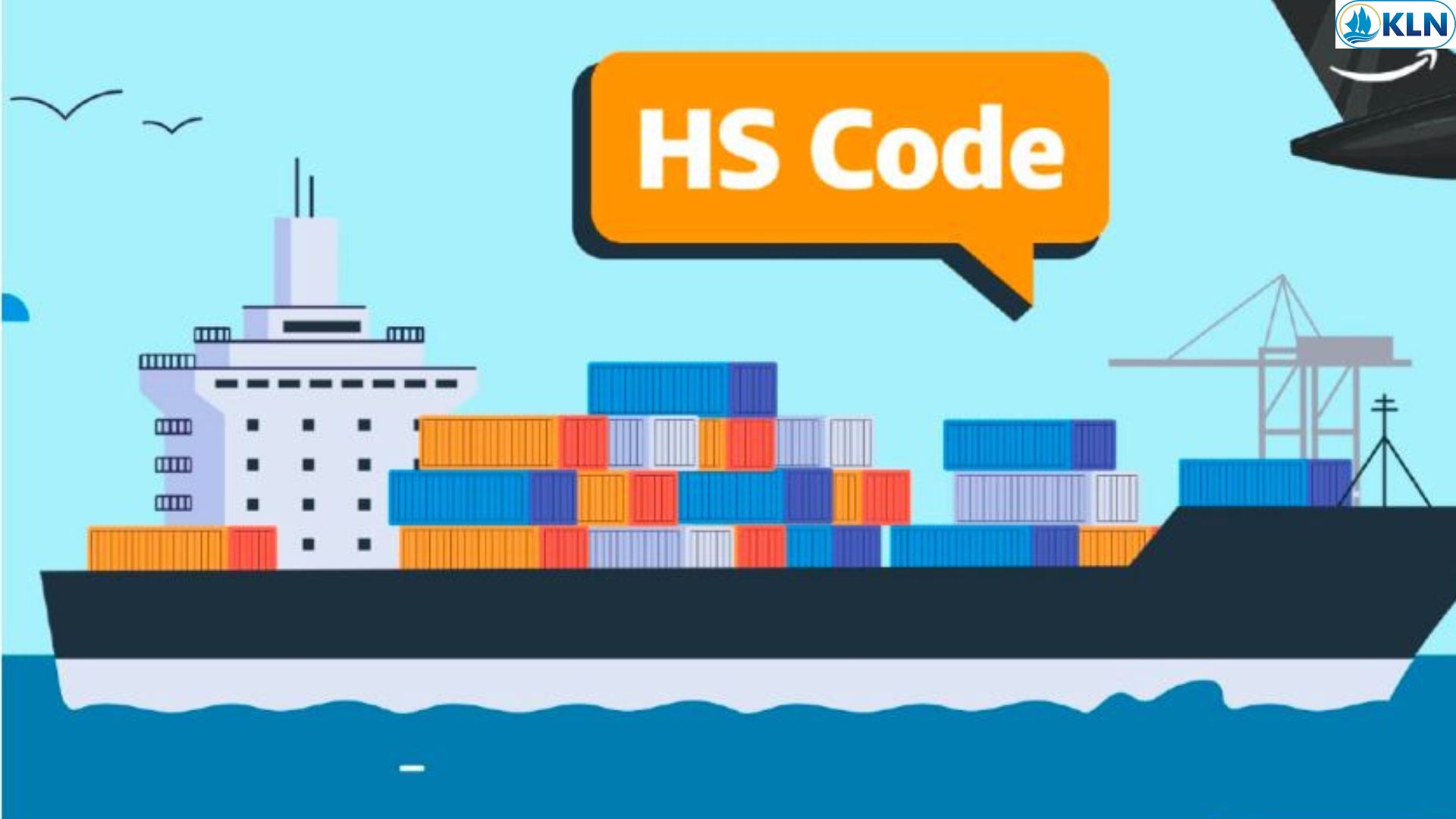HS CODES
By. Najih - 03 Jul 2024
Harmonized System codes, also known as HS codes, are internationally recognised product codes. They're used to classify goods in import and export shipment. HS codes provide a standard way to identify and describe goods across different countries.
HS numbers are used by customs authorities around the world to identify the duty and tax rates for specific types of products. You can learn more about these codes in our comprehensive resource for all exporters.
- HS codes are recognized in 98% of world trade.
- There are six digits in an HS code. You use an HS code because it is a universal classification tool. Many governments add additional digits to the HS number to further distinguish products in certain categories. These additional digits are typically different in every country.
- HS codes are used in most international export documentation and commercial invoices.
Benefit of the system:
- makes it easier to classify products for global trade
- improves efficiency of customs clearances
- supports accurate statistical reporting.
When goods cross-international borders, customs authorities rely on HS codes to identify the goods. This helps them to apply the right duties, taxes and regulatory requirements. Make sure you provide the correct HS code for your goods, so customs can apply the right rules.
Certain goods are subject to specific regulations, restrictions, or licensing requirements. HS codes help authorities monitor and control the import and export of these goods.
Trade research and policies
- Trade statistics: HS codes are crucial for reliable trade statistics. Governments and international organisations use these statistics to analyse the flow of goods between countries.
- Trade policies: Governments use HS codes to establish tariff schedules, preferential trade agreements and measures like anti-dumping duties and import quotas.
- Economic research: Economists use HS codes when analysing trade data. They help them to assess specific industries, compare regions and evaluate trade policies.
.jpg)
 (1).png)


.jpg)
.jpg)
.jpg)

 (3).png)